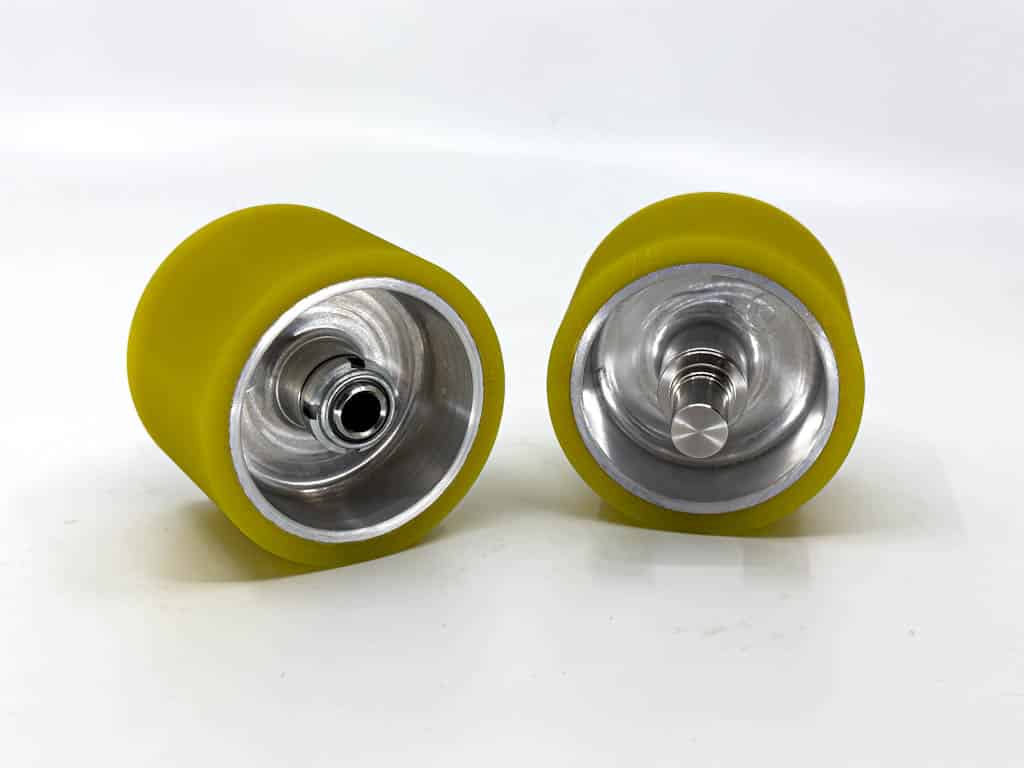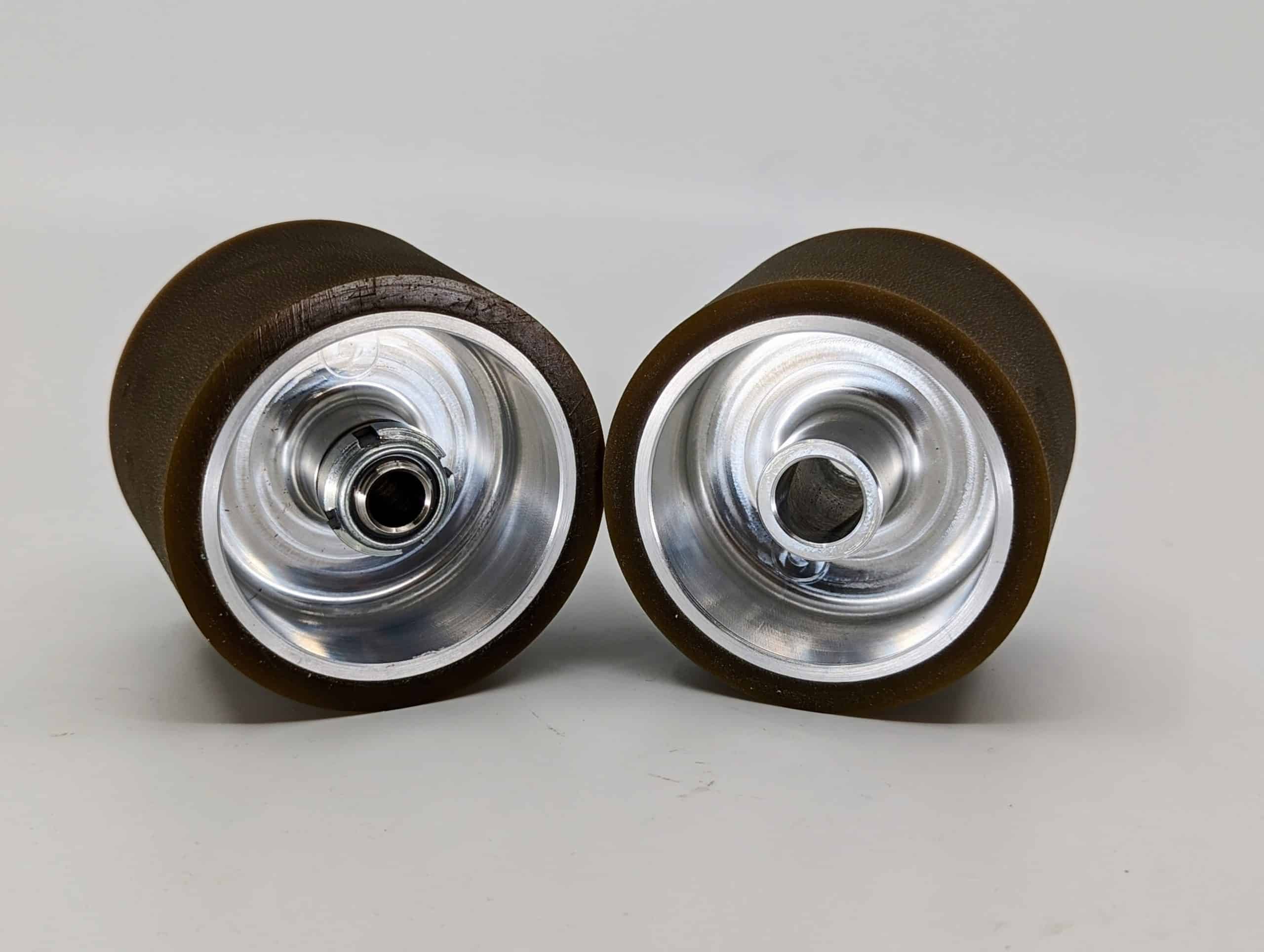Best application area for superfinishing
Learn where superfinishing makes sense, what applications it should be used for, and why you should be careful when setting surface treatment parameters.
Where does superfinishing make sense? We explain the best application area for superfinishing and when it should be used.
Manufacturers are under constant pressure to improve both manufacturing efficiency and the performance of manufactured products, this is often done by reducing the weight of components. For automotive manufacturers, this is accompanied by pressure to reduce emissions. According to various experts in the superfinishing industry, all of this pressure has contributed to the development of the superfinishing process – a process first used in manufacturing in the 1930s to improve the surface finish of a part while increasing surface accuracy through improved roundness, waviness, cylindricity, etc.
Despite its usefulness for automotive parts, the potential applications of superfinishing are far-reaching. From job stores to large original equipment manufacturers, superfinishing finds application in small medical parts such as hip and spinal implants, as well as aerospace parts such as turbine and landing gear components. The superfinishing process is feasible for any outside diameter application that requires precise removal of small amounts of material on the order of 0.002-0.005 mm from the diameter. While steel is the most common material for superfinishing, the process can also be applied to exotic alloys such as titanium, aluminum, and even glass and ceramics.
One of the main advantages of the superfinishing process is that it is a cold material process, meaning that the thermally damaged layer left behind from previous operations such as grinding is removed. This has a decisive influence on extending the service life of components. If, for example, the bearing surfaces of a crankshaft or camshaft were not superfinished, stress and wear on the components could cause the engine to break down every 30,000 to 50,000 kilometers, instead of every 300,000 to 500,000 kilometers as is common with today’s engines.
So how does superfinishing remove material without the heat typical of abrasive machining? The answer has to do with the depth of cut. When turning or grinding a part, the depth of cut can range from 50 to 100 microns or more. To remove this amount of material in a short time, a lot of energy is required, and the part heats up. Superfinishing removes 1 to 3 microns of material in the radius and requires less energy.
Selection of a finishing process
Although manufacturers often use the terms for the various grinding processes interchangeably, each process has a subtle nuance that makes it more suitable for a particular application. Here are some common finishing processes for comparison:
Lapping
Finishing of flat surfaces with loose abrasives. Here, the improvement of the surface finish is accompanied by an improvement of the flatness of the workpiece.
Honing
Fine machining of internal diameters with solid abrasives. It is considered a cold process because no heat is generated during this operation. The improvement in surface finish is accompanied by an improvement in waviness.
Finishing/Superfinishing
Machining of outside diameters and surfaces with solid abrasives. It is considered a cold process and also improves waviness.
Polishing
Finishing of external features with loose abrasives. Both brushing and vibratory grinding are examples of a polishing process. This is not a cold process, and considerable heat can be generated during the polishing process. The improvement in surface finish is accompanied by a loss of waviness.
Both superfinishing and polishing are used to produce a fine surface finish on outside diameters. Polishing is a more flexible process because a brush, a lapping compound or a vibratory process such as tumbling can be used. Tumbling allows many parts to be polished at once. In contrast, superfinishing uses a solid abrasive to achieve the finish, and only one part is finished at a time.
Summary
Which finishing process to use depends on the end application of the part. Polishing is best suited for applications where part geometry is not critical and aesthetics are the primary concern; superfinishing is best suited for process-safe machining of mission-critical parts.




